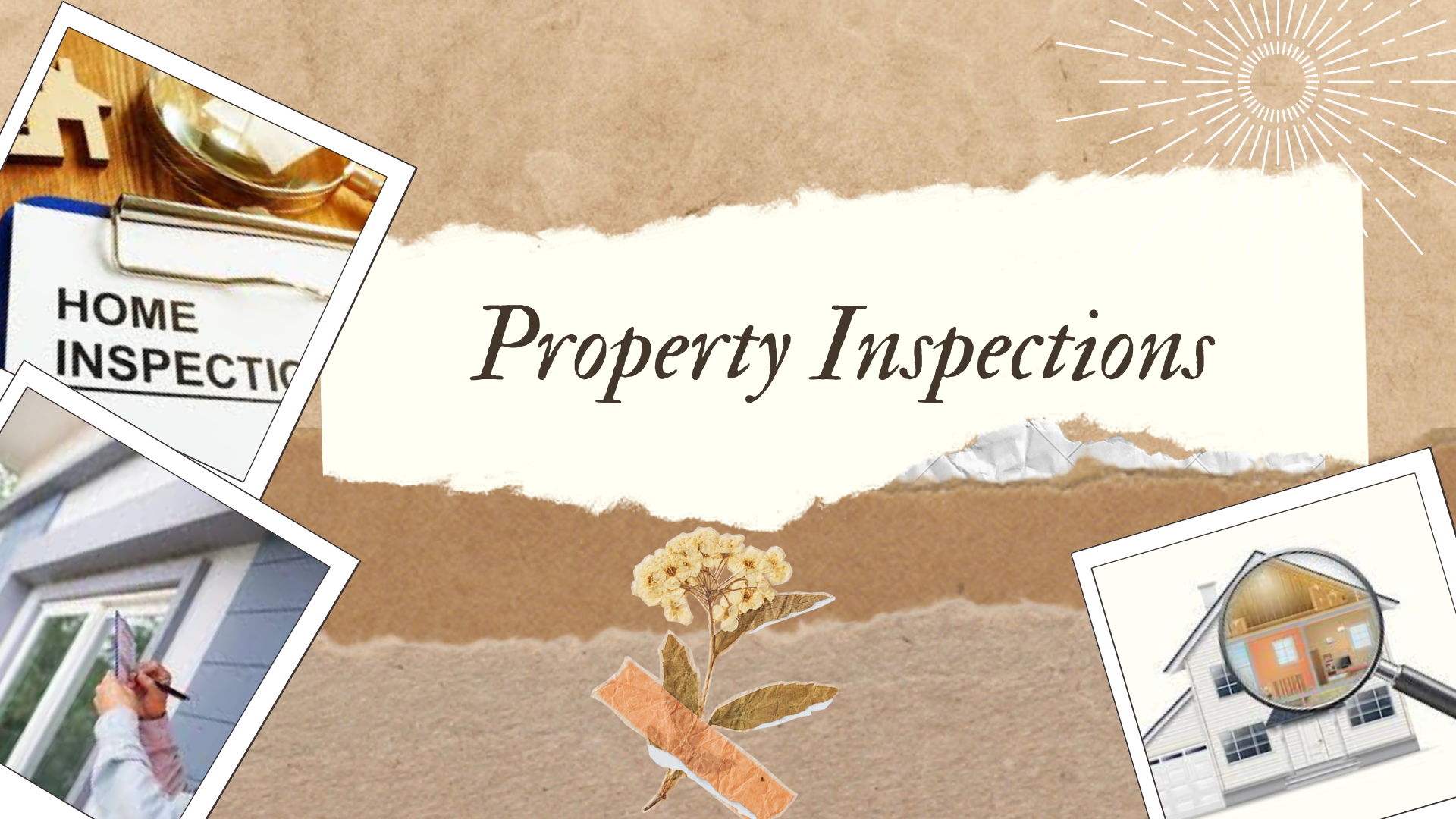
When preparing a property disclosure packet for a residential real estate transaction in California, including important property inspections can be crucial to provide potential buyers with comprehensive information about the condition of the property. While specific inspection requirements may vary, here are some essential property inspections that are commonly included in disclosure packets:
1. Home Inspection:
– A comprehensive home inspection conducted by a licensed home inspector is one of the most crucial inspections. It covers the overall condition of the property, including the structure, foundation, roof, plumbing, electrical systems, HVAC (heating, ventilation, and air conditioning), and more. The inspection report should highlight any defects, safety concerns, or necessary repairs.
2. Termite and Pest Inspection:
– California is known for termite issues, so a termite and pest inspection is typically included in the disclosure packet. This inspection identifies any evidence of termites or other wood-destroying pests and assesses the need for treatment or repairs.
3. Roof Inspection:
– A roof inspection evaluates the condition of the roof, including any leaks, damaged shingles or tiles, and the overall lifespan of the roofing materials. Roof issues can be costly, so this inspection is vital.
4. Sewer Line Inspection:
– A sewer line inspection checks the condition of the property’s sewer system, including the main sewer line. It can uncover blockages, leaks, or other problems that may require attention.
5. Chimney Inspection:
– If the property has a fireplace or chimney, a chimney inspection can identify any safety hazards or needed repairs, such as chimney liners or caps.
6. Pool and Spa Inspection:
– If the property has a pool or spa, an inspection is typically conducted to assess the condition of the pool equipment, structure, and safety features.
7. Asbestos and Lead-Based Paint Inspection:
– Older homes may require inspections for asbestos and lead-based paint, as these materials can pose health risks if they are present and deteriorating.
8. Radon Testing:
– Radon is a naturally occurring radioactive gas that can be harmful when concentrated in indoor spaces. Some areas in California may have higher radon levels, so radon testing is recommended in certain cases.
9. Mold Inspection:
– In regions with high humidity or water intrusion issues, a mold inspection may be necessary to check for the presence of mold and assess the extent of any infestations.
10. Electrical Inspection:
– In addition to the general home inspection, a specific electrical inspection may be conducted to ensure that the electrical systems, wiring, and outlets are safe and up to code.
11. Plumbing Inspection:
– A plumbing inspection can identify leaks, clogs, and other plumbing issues that may need repair or replacement.
It’s important to note that while these are common property inspections, not all may be required for every property or transaction. The specific inspections needed can depend on factors such as the property’s age, location, and condition. Sellers should work with their real estate agents and professionals to determine which inspections are necessary and to compile the inspection reports and disclosures for the packet. Buyers should carefully review these reports and ask questions about any concerns before proceeding with the purchase.


 Facebook
Facebook
 X
X
 Pinterest
Pinterest
 Copy Link
Copy Link